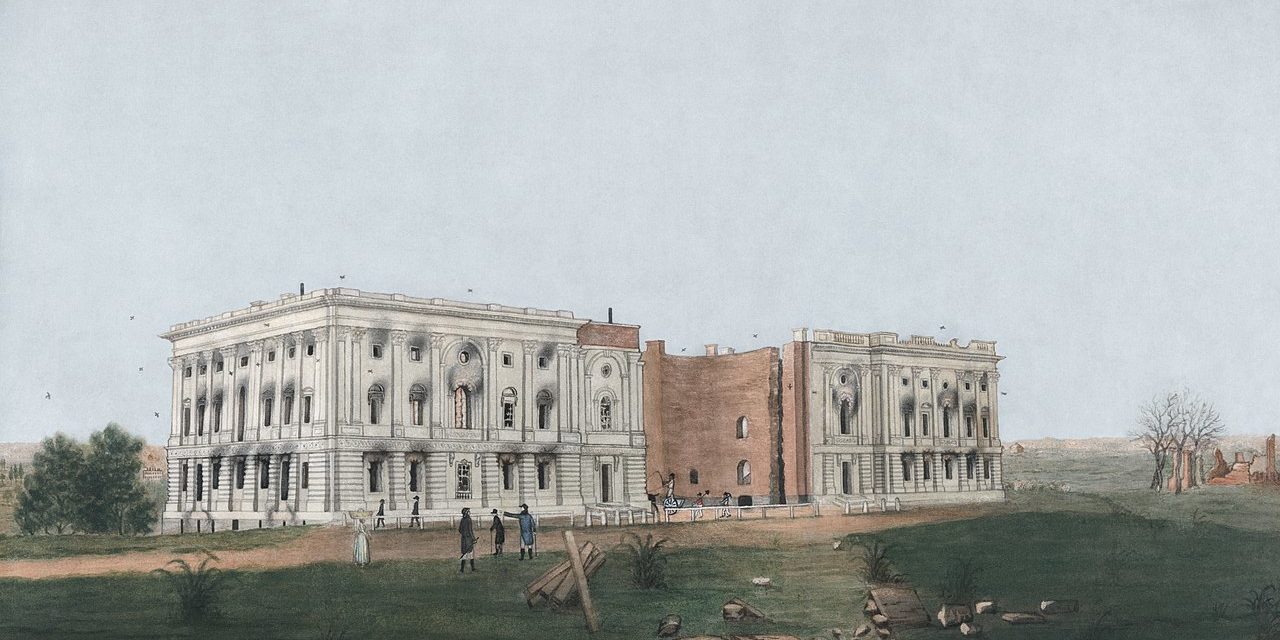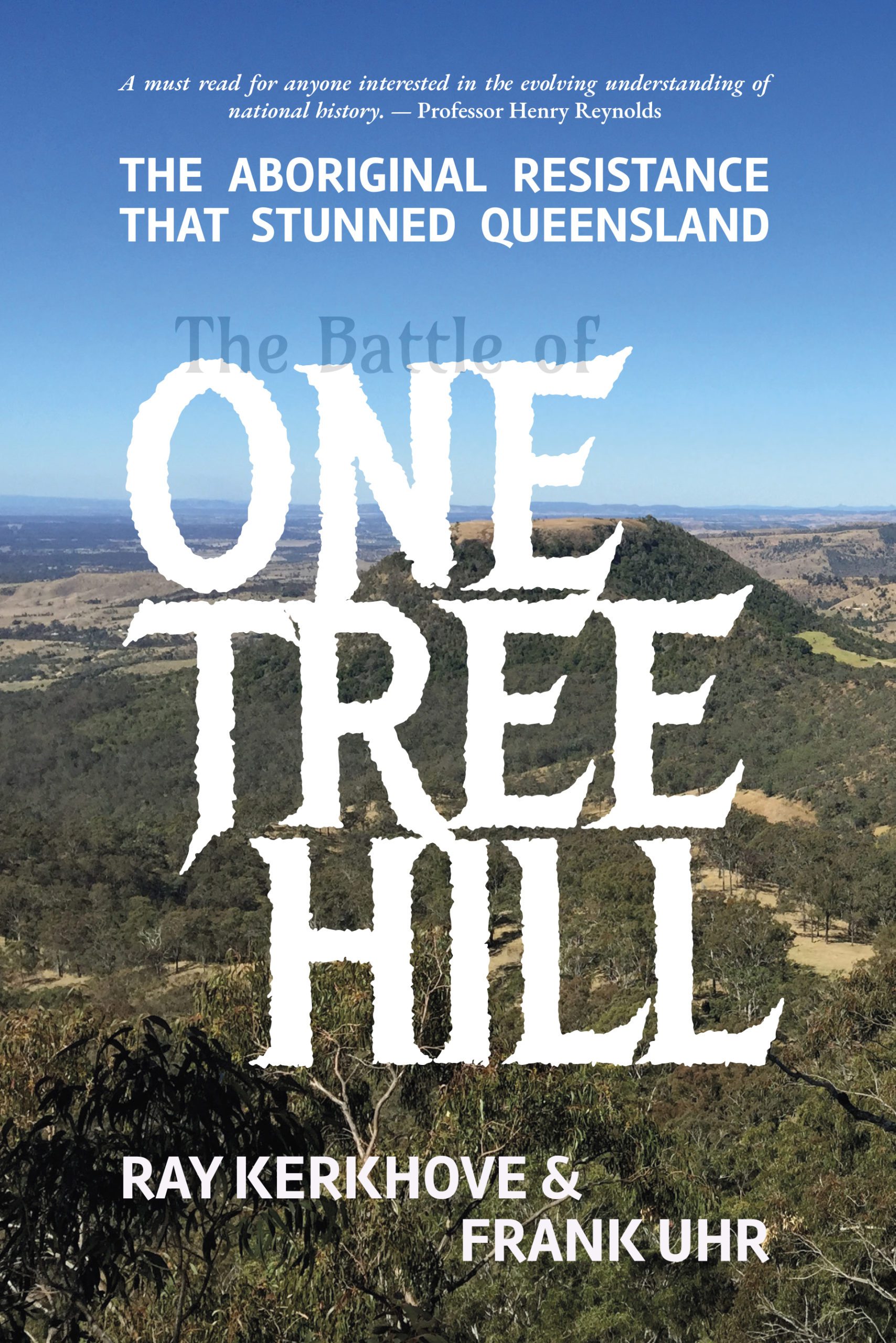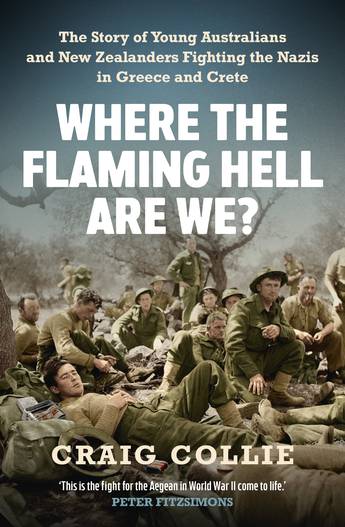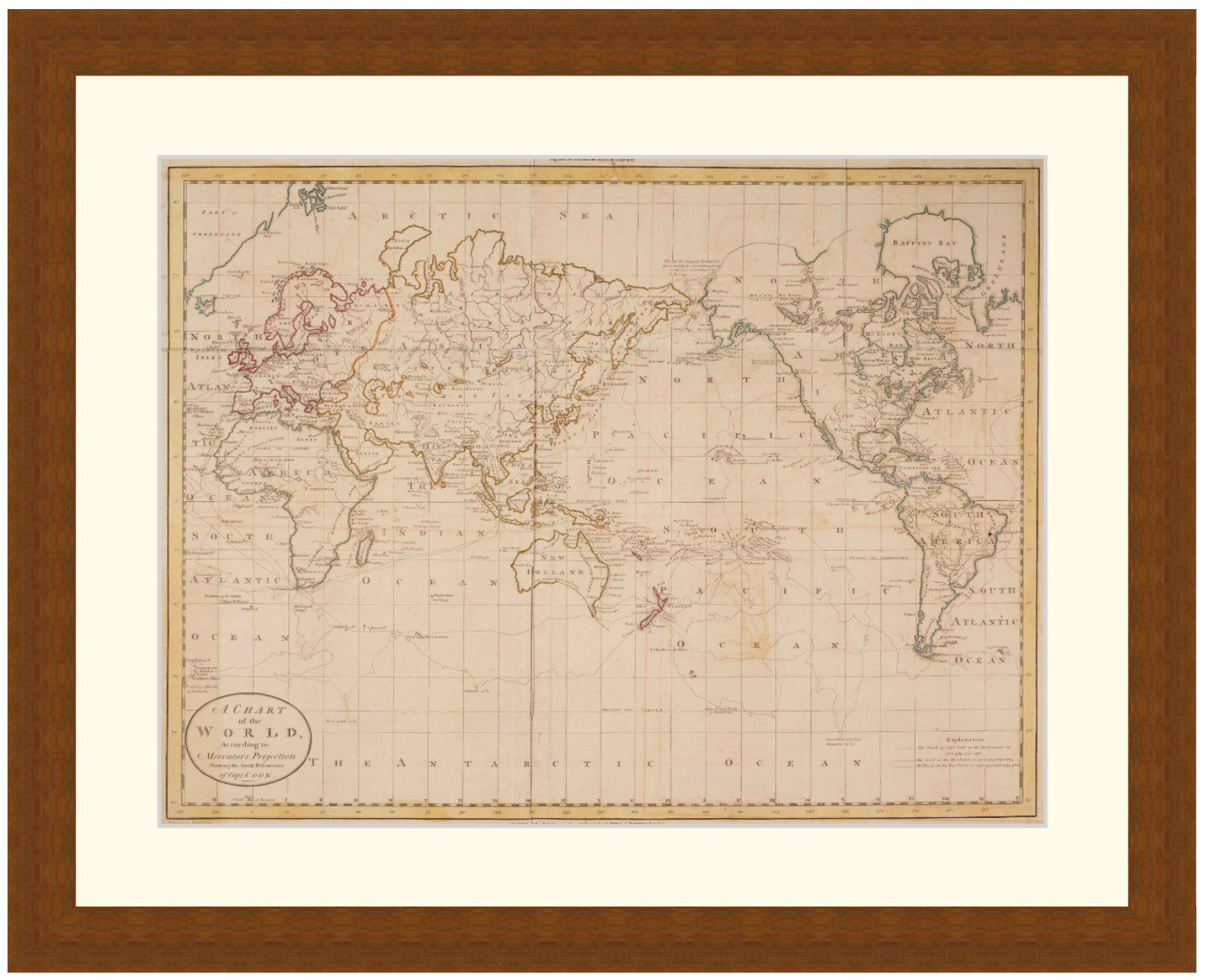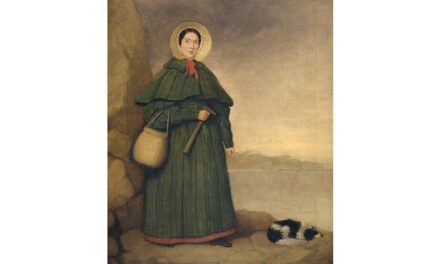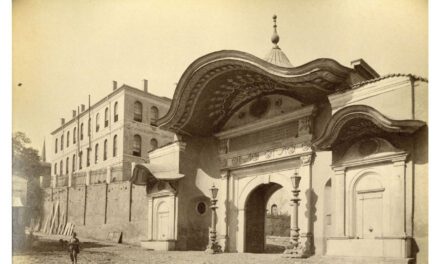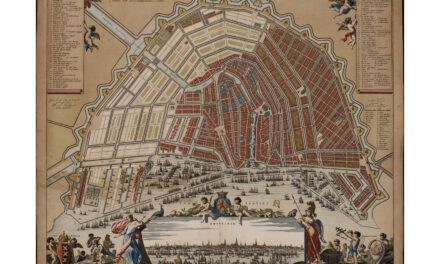History Guild General History Quiz 171
See how your history knowledge stacks up!
Want to know more about any of the questions? Scroll down to learn more!
Have an idea for a question? Suggest it here and we’ll include it in a future quiz!
The stories behind the questions
1. When was the US White House burned by British forces?
1814 – This was part of the War of 1812, in which the USA declared war on Britain at the height of the Napoleonic wars. British attention was mostly focussed on fighting the French, they did however send some forces to North America. The burning of Washington was in part a retaliation for the Americans burning and looting York in British Upper Canada the previous year.
2. Which German leader parachuted into Britain in 1941 in a mission to negotiate an end to the war?
Rudolf Hess – The Deputy Fuhrer had been attempting to reach the house of Lord Hamilton, who was the Lord Steward of the Royal Household and who held openly pro-nazi views.
3. In 1651 Thomas Hobbes wrote ’Leviathan’. Which conflict inspired this work?
English Civil War – Exploring morality and the social contract, the book was inspired by the chaos of the English Civil War and the interregnum and continues to influence the world’s political thought today. Hobbes was a royalist and spent time in France in exile where he worked with Rene Descartes.
4. Who united Norway and Denmark in 970?
Harald Bluetooth – He was likely named for a dead blue-black tooth. Norse names tended to be patronyms, so nicknames were used to distinguish between the many ‘Harald, son of Eric’ and similar common names. The Bluetooth wireless connectivity standard was named after him, as it unites many devices in a similar way to how he united much of Scandinavia.
5. In 18th century Britain thousands of debtors were imprisoned each year for failing to pay their debts. What proportion repaid their debts and were released within a year?
90% – The threat of indefinite imprisonment until a debt was paid was used to ensure people, predominantly members of the merchant classes, repaid their debts. Most debtors who were imprisoned managed to call in monies owed to them or sell assets and repay their debts relatively quickly.
Poor people were unlikely to have much credit extended to them, so had less chance of ending up indebted enough to be worth imprisoning. They also earnt their income through labour, and hence couldn’t earn income if they were in prison. Thus it didn’t make sense for a creditor to have them imprisoned.
6. How long was Sarajevo besieged during the 1990’s Yugoslav Wars?
3 years, 10 months – More than a year longer than the siege of Leningrad, it was the longest siege of a capital city in the history of modern warfare. 13,952 people were killed during the siege, including 5,434 civilians.
7. Where did the 1988 Piper Alpha disaster occur?
North Sea near Scotland – The Piper Alpha oil rig exploded and sank killing 165 workers on board as well as two rescue workers. 61 workers escaped and survived. The accident is the world’s worst offshore oil disaster and was caused by inadequate maintenance and safety procedures.
8. Which countries fought against each other in the ‘Cod wars’?
UK and Iceland – The cod wars saw the Icelandic coast guard preventing British trawlers from fishing in their exclusive economic zone (EEZ). However, the British disputed the extent of the Icelandic EEZ and sent Royal Navy vessels to stop the Icelandic coast guard interfering with British trawlers. This culminated in a particularly intense period during 1975-76 that saw 16 British and 5 Icelandic vessels damaged by ramming. The war ended shortly afterwards, with the British recognising the Icelandic EEZ.
9. Shown below in 1903, where is the Potala Palace located?
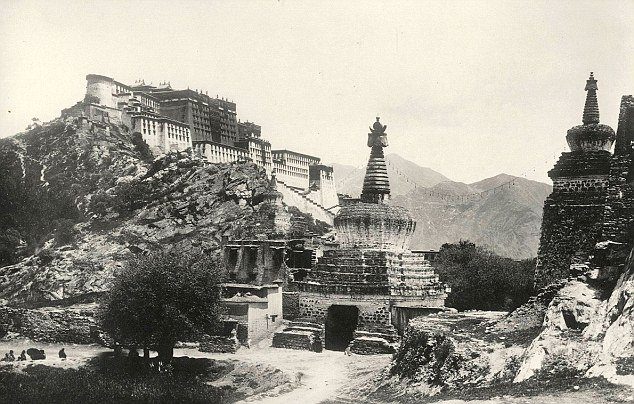
Lhasa, Tibet – The winter palace of the Dalai Lamas from 1649 to 1959, it was converted to a museum after the Tibetan uprising against the Chinese in 1959.
10. What percentage of homes in Britain were damaged or destroyed during WW2?
30% – The majority of the destruction occurred during two phases, the Blitz of September 1940 to May 1941 and the V weapons campaign of June 1944 to March 1945.

